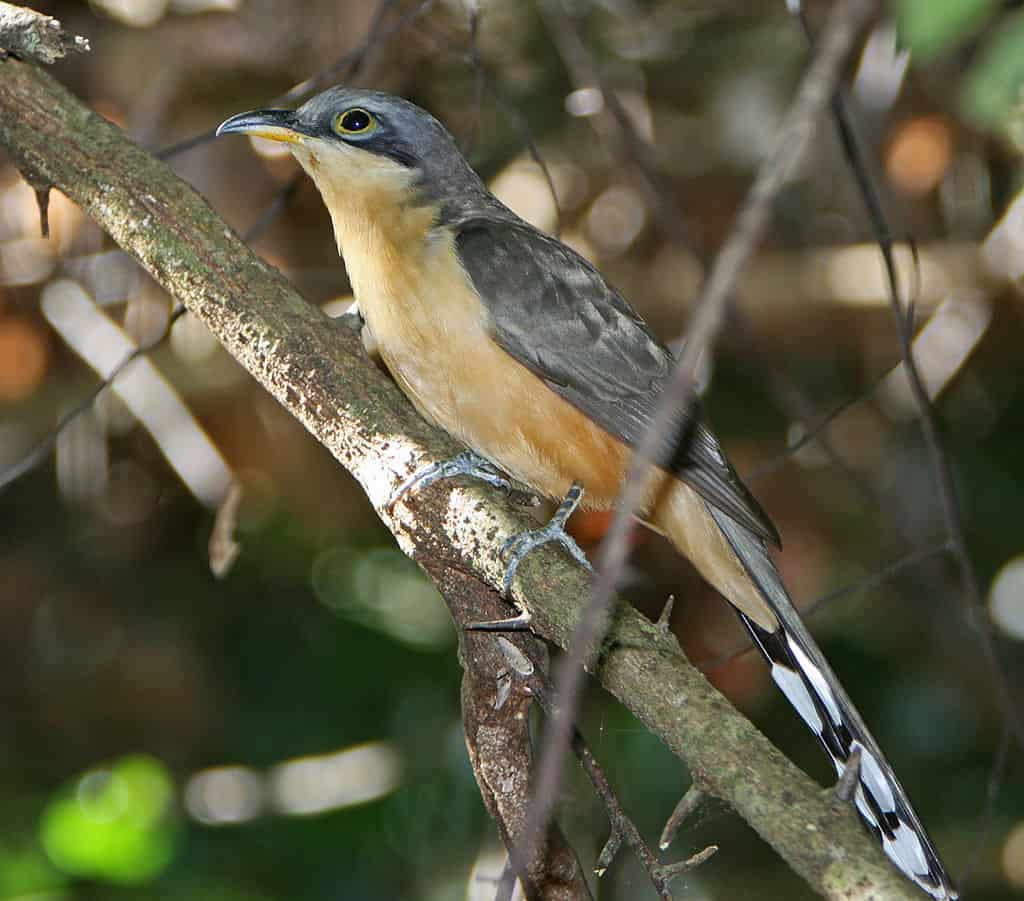Compared to other egrets, the cattle egret is thick-necked and short-legged. Also, its yellow bill is stubby in comparison with other egrets. During breeding season, it takes on a plumage far different from the others: Buff-orange feathers adorn its back, crown, and breast, and at the peak of breeding, the bird’s bill and legs turn pink.
Listen for
Cattle Egrets are not very vocal birds, except in the nesting colony, where they utter a series of guttural quacks that sound more like a pig than a bird.
Find It
Now among the most numerous herons in the Southeast, cattle egrets are found in freshwater and brackish wetlands, but they most often appear in agricultural settings, particularly where cattle range or tractors plow up soil. The cattle egret’s distribution reflects its traveling ways.
This bird is a widespread and common breeder in the Southeast coastal plain and into the Mississippi drainage, but breeding colonies are widely scattered across much of the rest of the United States. After nesting, many cattle egrets disperse, popping up all over the continent, into southern Canada and interior Mexico. Antarctica is the only continent where they do not rest.
Feed it
Characteristic feeding behavior is to follow cattle or other large animals that stir up small prey hiding in the grass. Cattle egrets are also regular tractor followers. Much of their diet consists of insects, such as grasshoppers and crickets, but frogs and other small animals are caught as well. Cattle egrets also frequent garbage dumps, where they find insects and a wide variety of other edible tidbits.
Nesting Behavior
Cattle egrets nest in colonies in trees or bushes, usually in wetlands or on islands, and in the company of other water birds. The female usually lays three to four eggs in a stick nest that she crafts from branches provided by her mate. Both parents incubate the clutch for three weeks or a bit longer; they then feed their young for more than a month after they hatch and before they fly off on their own.




